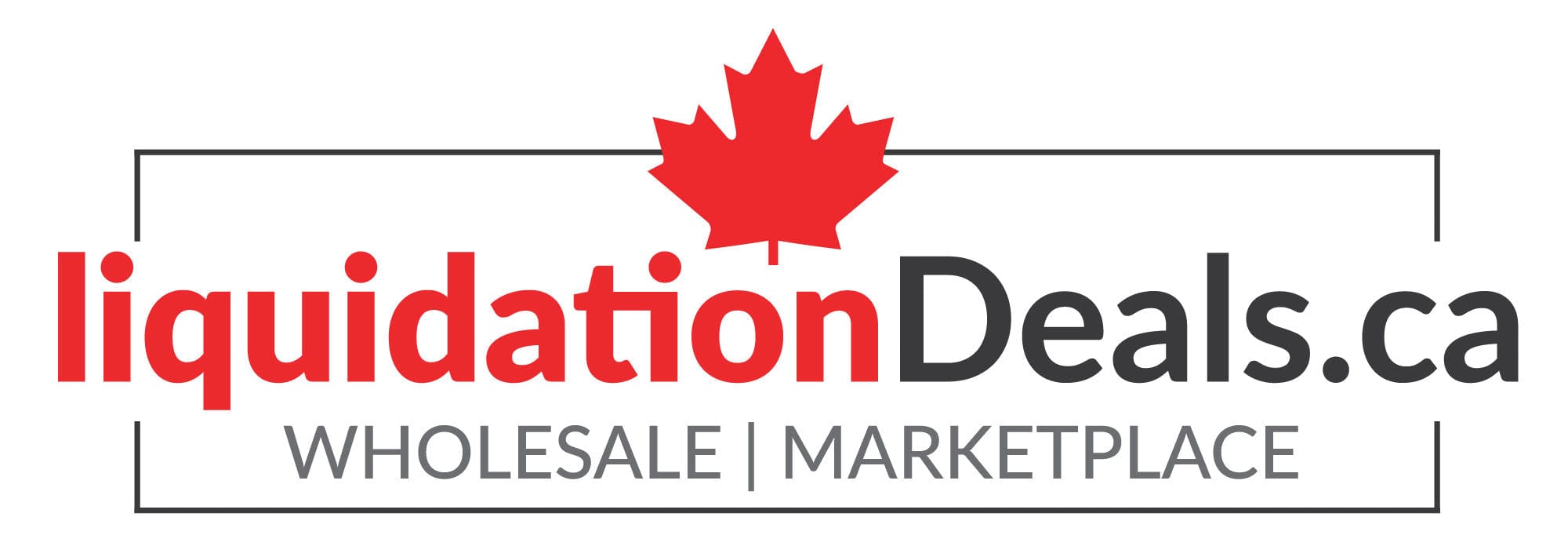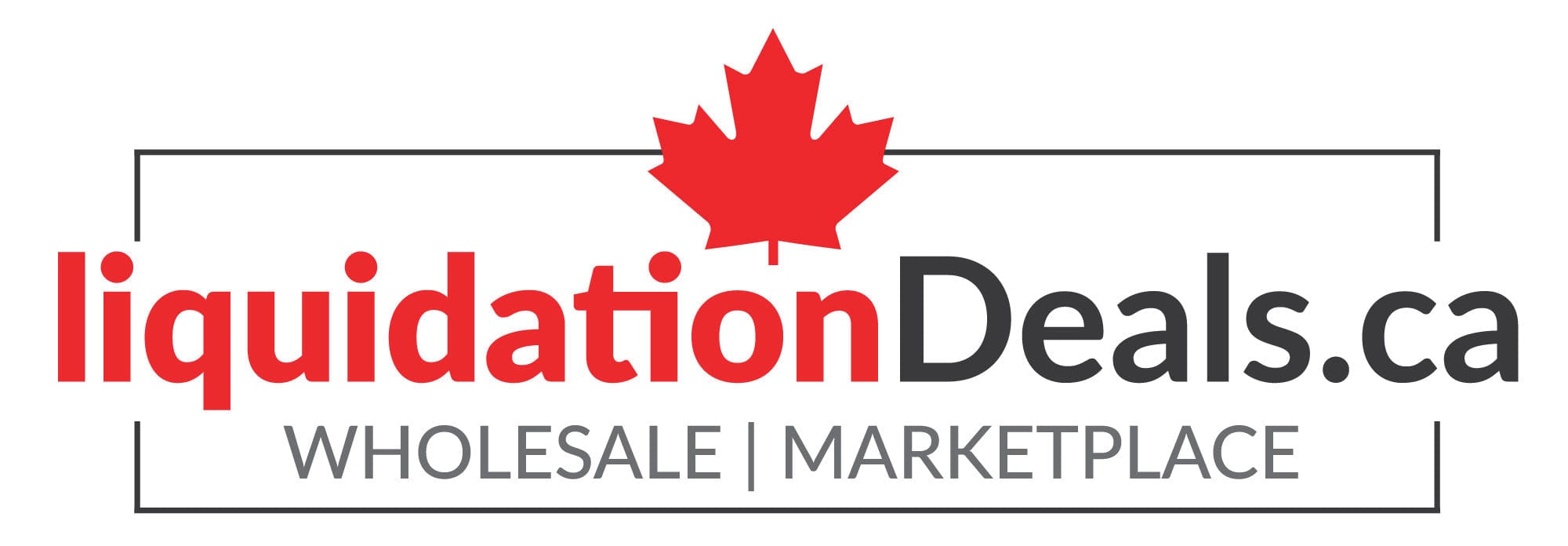News
From Warehouse to Buyer: The Authenticity of Amazon Liquidation Pallets
Amazon, the e-commerce giant, has revolutionized the way we shop. It offers a vast array of products from brand-new to refurbished items. One particularly intriguing segment is Amazon liquidation pallets, often referred to as "Best Deal Liquidations." These pallets contain a mix of returned, overstock, or unsold items from Amazon's vast inventory. Buyers are attracted to them by the promise of great deals, but the authenticity and quality of the products can be a cause for concern.
In this article, we will delve into the world of Amazon liquidation pallets, discussing what they are, how they work, and tips for buyers to ensure they're getting genuine deals.
What Are Amazon Liquidation Pallets?
Amazon liquidation pallets are bundles of products that have been removed from Amazon's regular inventory for various reasons, including customer returns, overstock, and shelf pulls. These products are then sold to liquidation companies in bulk. Liquidation companies, in turn, sort, package, and sell them to buyers, often in the form of pallets.
Reasons for Liquidation:
1. Customer Returns:
Customer returns are a common occurrence in the retail industry, and Amazon is no exception. A variety of factors can lead to customer returns, including:
Minor Defects: Some customers may receive products with minor defects or imperfections. These defects can be as inconsequential as a scratch on an electronic device or a slightly damaged box. When customers encounter such issues, they often choose to return the item and seek a replacement or refund.
Wrong Size or Color: Shoppers sometimes order items online that do not meet their expectations in terms of size or color. For example, a customer might purchase a dress in the wrong size or a sofa in the wrong color. In such cases, the product is returned to Amazon.
Change of Mind: Customers may also return items simply due to a change of mind. They may decide that the product doesn't fit their needs or preferences after receiving it.
Buyer's Remorse: This phenomenon refers to the feeling of regret or unease after making a purchase. Customers experiencing buyer's remorse often return their purchases, contributing to the pool of returned items.
2. Overstock:
Overstock refers to situations where Amazon has purchased more of a particular product than it can sell within a reasonable time frame. Several factors can lead to overstock situations:
Inventory Management: Forecasting consumer demand is a complex task, and Amazon sometimes miscalculates how many units of a product it needs. For example, they may stock a surplus of holiday-themed merchandise that doesn't sell as expected after the holiday season.
Seasonal Products: Many products have seasonal demand, such as winter clothing or holiday decorations. When the season ends, Amazon might have an excess of these items, leading to overstock issues.
Product Discontinuation: Sometimes, manufacturers discontinue certain products or models, leaving Amazon with excess inventory that it needs to liquidate.
3. Shelf-Pulls:
Shelf-pulls are another source of items that end up in Amazon liquidation pallets. Shelf-pull products are those that were displayed on store shelves but never sold. Several reasons can lead to shelf-pull products:
Store Closure: When physical stores close down, they often sell off their remaining inventory. These items are shelf-pulls, as they have been displayed but not purchased during the store's operation.
Seasonal Changes: Retailers may rotate their inventory based on seasons or trends. Products that were displayed during one season may be removed from the shelves to make room for new items, even if they haven't been sold.
Display Models: Some products may be used as display models in stores, such as electronics or furniture. These display items are not sold as new but can end up in liquidation sales.
How Do Amazon Liquidation Pallets Work?
1. Liquidation Companies: These companies purchase large quantities of returned, overstock, or unsold items from Amazon. They buy these products at a fraction of their original retail price.
2. Sorting and Packaging: The liquidation companies sort these items into categories and pack them into pallets for resale.
3. Resale to Buyers: The liquidation pallets are then sold to buyers, which can be individuals, small businesses, or resellers. Buyers can bid on pallets or purchase them at fixed prices.
Authenticity Concerns
While Amazon liquidation pallets offer appealing benefits, authenticity concerns are paramount:
1. Product Conditions: Liquidation items can range from brand-new to heavily used or damaged. Buyers must carefully inspect and assess the condition of each product.
2. Counterfeit Items: Liquidation pallets may sometimes contain counterfeit or imitation products. It's crucial for buyers to be vigilant and verify product authenticity.
3. Misrepresentation: Some sellers might overstate the quality and value of items in their pallets, so it's vital to research the seller's reputation and ask for details about the pallet's contents.
4. Return Policies: It's important to understand the seller's return policy. If you receive products that are not as described or significantly damaged, you'll want the option to return them.
Tips for Ensuring Authenticity
To ensure you're getting genuine deals when buying Amazon liquidation pallets, consider these tips:
1. Research the Seller: Check the reputation and reviews of the liquidation company or seller you're considering. A reputable seller is more likely to provide accurate product descriptions.
2. Inspect the Pallet: Ask for a detailed manifest that lists the contents of the pallet. Inspect the manifest to ensure the products align with your needs and expectations.
3. Quality Over Quantity: Don't solely focus on quantity; prioritize quality. It's better to have a pallet with a few valuable items than one with many low-value products.
4. Product Authentication: For high-value items or popular brands, consider using authentication services to verify product authenticity.
5. Start Small: If you're new to buying liquidation pallets, start with a small purchase to learn the ropes and assess the quality and authenticity of the items.
6. Network with Other Buyers: Connect with other buyers of liquidation pallets to share experiences and get recommendations for reputable sellers.
7. Return Policies: Familiarize yourself with the return policies of both the liquidation company and the platform you're using for the purchase. This ensures you have a safety net if you receive damaged or misrepresented items.
8. Check for Expiration Dates: Especially for items like cosmetics, food, or pharmaceuticals, verify expiration dates to ensure the safety and usability of the products.
9. Stay Informed: Keep up with news and updates related to liquidation pallets and common issues in the industry. Awareness is your best defense against potential problems.
10. Build Relationships: Developing a rapport with trusted liquidation companies or sellers can lead to better deals and a smoother buying experience over time.
Final Thoughts!!
Amazon liquidation pallets can be a treasure trove of deals for savvy buyers, but it's essential to approach them with caution and do your due diligence. Authenticity concerns, ranging from product conditions to the presence of counterfeit items, make it crucial to research the seller, inspect the pallet contents, and prioritize quality over quantity. With the right approach, buyers can make the most of Amazon liquidation pallets and enjoy significant savings while reducing waste in the process. In a world of hidden gems and potential pitfalls, a well-informed buyer can truly strike gold in the realm of Amazon liquidation pallets.Sample Image Gallery + Lightbox
Sample Block Quote
Praesent vestibulum congue tellus at fringilla. Curabitur vitae semper sem, eu convallis est. Cras felis nunc commodo eu convallis vitae interdum non nisl. Maecenas ac est sit amet augue pharetra convallis nec danos dui. Cras suscipit quam et turpis eleifend vitae malesuada magna congue.




